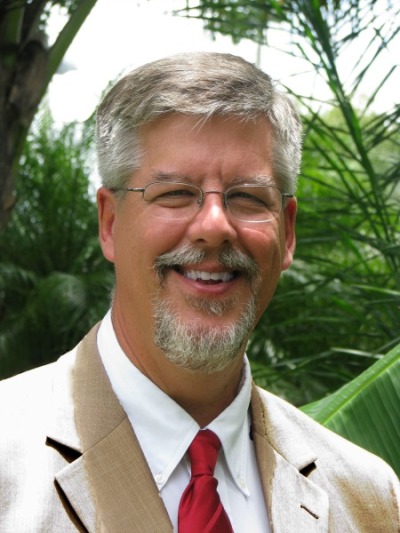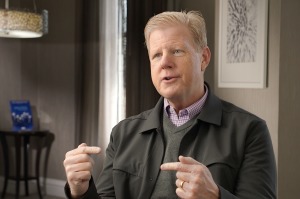Bishops Urge Decarbonizing the World's Energy Systems, Really?

Catholic bishops from around the world issued an appeal last month to the upcoming UN climate conference in Paris for a "complete decarbonization by mid-century" of the world's energy systems.
As Reuters reported, their "document said 'reliable scientific evidence' suggests global warming is the result of 'unrestrained human activity', current models of progress and development, and excessive reliance on fossil fuels."
We can dispense with the bishops' two most obvious errors quickly.
First, carbon dioxide is not toxic at any concentration. It is essential to all life, plants growing better and hence making more food for all animals, including man (the poor benefiting the most), at higher concentrations than lower, and animals needing it to regulate respiration.
It becomes dangerous at high concentrations, not because it is toxic (poisonous) but because it robs us of enough oxygen to support brain function. If that's what it means to be "toxic," pillows are — for, wrapped tightly around our heads, they, too, can suffocate us.
Second, the "scientific evidence" that human emissions of carbon dioxide probably add not just some unspecifiable amount of warmth to the atmosphere but enough warmth, rapidly enough, to threaten grave harm, justifying the extremely costly policies the bishops advise, is by no means "reliable." Indeed, it's not even evidence.
Models and the numbers they generate are not evidence. Models are our hypotheses about how the world works, and the numbers they generate are our predictions. We test the models by comparing those predictions with real-world observations.
In that scientific procedure, the evidence is the real-world observations. The models and the numbers they generate are not evidence but the hypothesis and predictions to be tested by the evidence.
How do the models and their predictions fare when compared with real world observations?
They fail. On average, they predict twice the warming observed over the relevant period. Over 95 percent predict more warming than observed — implying that the errors are not random (in which case they'd be as often low as high) but driven by some kind of bias (accidental or intentional) written into the models themselves. And none predicted the complete absence of warming over the 18 years and 8 months up through September of this year, according to satellite-measured global temperature data, our most reliable.
In short, the models are wrong. They therefore provide no rational basis for any predictions of global temperature at any time in the future, and therefore no rational basis for any policy in response to such predictions.
Now let us turn to the recommendation itself. What would it take to achieve "complete decarbonization by mid-century"?
Summarizing the findings of a major study by Stanford University's Mark Z. Jacobson and U.C. Davis's Mark A. Delucchi, environmental scholar Ronald Bailey, in his book The End of Doom: Environmental Renewal in the Twenty-first Century, points out that powering only the United States with only wind, water, and solar power "would require 590,000 5-megawatt wind turbines, 110,000 wave devices, 830 geothermal plants, 140 new hydroelectric dams, 7,600 tidal turbines, 265 million rooftop solar photovoltaic systems, 6,200 300-megawatt solar photovoltaic power plants, and 7,600 300-megawatt concentrated solar power plants."
Total cost? Just for the wind and solar parts, $13–$25 trillion. Spread over 35 years that's $2,589 to $4,979 per household per year, or $90,624 to $174,277 per household for the period.
"Taking the Jacobson and Delucchi figures for the world," Bailey writes, "the total cost to completely eliminate fossil fuels by 2030 would amount to $100 trillion — that is to say, 8 percent of global annual GDP. The global cost per household per year would amount to $3,571."
I suspect that figure is far too low compared with the costs just for the U.S., probably because it assumes per capita energy consumption, and therefore health and prosperity, far below current U.S. levels.
"The nearly 3 billion people who live on less than $2,000 per year," Bailey observes, "simply cannot pay the prices needed to deploy current versions of renewable power technologies."
To correct the confusions and prevent the suffering entailed in the bishops' plea, the Cornwall Alliance for the Stewardship of Creation, a network of scientists, economists, and theologians, has issued a petition, Forget 'Climate Change', Energy Empowers the Poor, backed by a series of YouTube videos, Greener on the Other Side: Climate Alarmism—Facts, Not Fear, a documentary video, Where the Grass is Greener: Biblical Stewardship vs. Climate Alarmism, and a research survey on the science and economics of climate change and climate and energy policy, A Call to Truth, Prudence, and Protection of the Poor 2014: The Case against Harmful Climate Policies Gets Stronger.




























